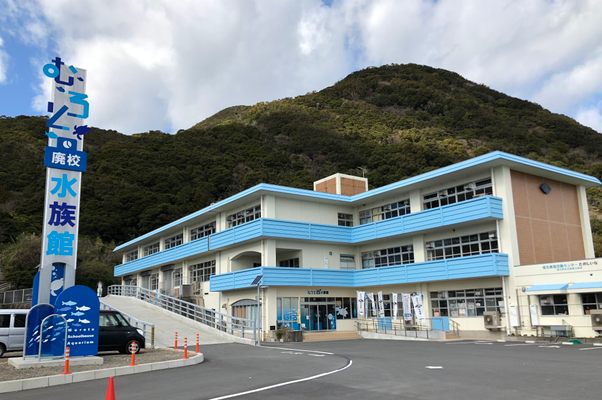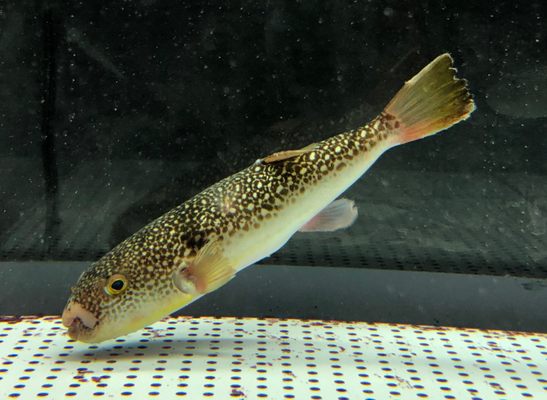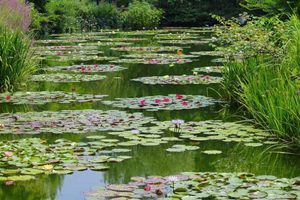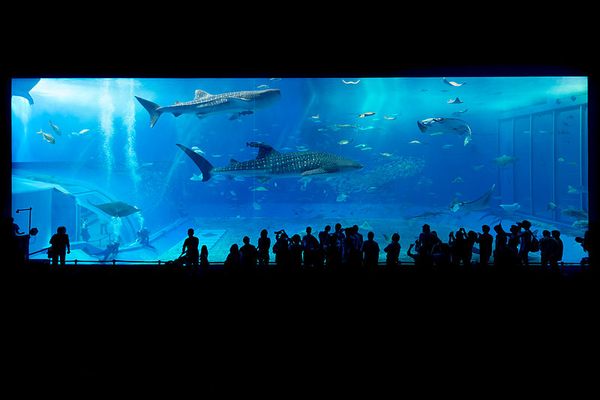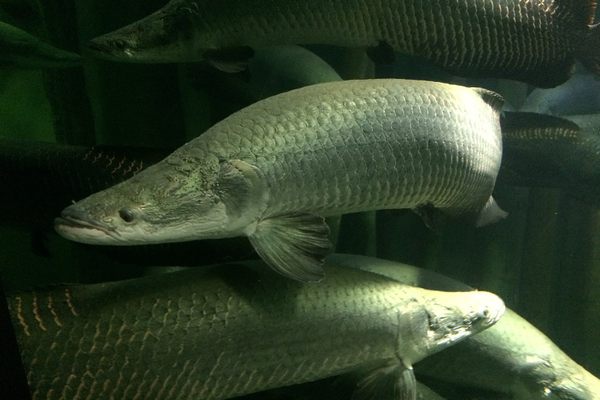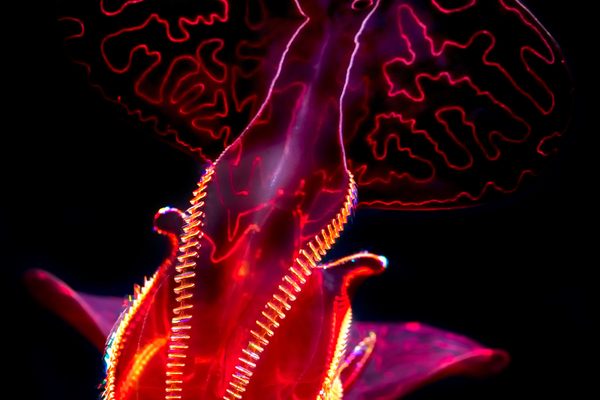About
Swimming is a compulsory subject in Japan’s education systems, so nearly all elementary schools come equipped with short-course swimming pools. While many children fantasize about sharks swimming in their pools, the closest they get are dragonfly nymphs and occasional tadpoles growing there in the off-season, when the pools are unused and covered with algae.
To a degree, such juvenile fantasies (or fears) come true at the Muroto Schoolhouse Aquarium, which is housed in the converted building of an elementary school that went defunct in 2006. In its outside swimming pools you can find a variety of creatures such as sea turtles, hammerhead sharks, stingrays, mackerels, and mahi-mahi, collected straight from the local fishing ports. You're not actually allowed to swim with sharks, but it's a fascinating sight nonetheless that can't be found elsewhere.
The aquarium was founded in 2018 by the Sea Turtle Council of Japan, which initially meant to use the disused schoolhouse to store its collection of zoological specimens. Hoping to make use of abandoned facilities, the mayor of Muroto propelled the council to open an aquarium that focuses on the local ecosystem.
One of the most unique aspects of the Muroto Schoolhouse Aquarium is that its exhibits are strictly seasonal, as the pools draw their water from the sea right in front of the aquarium and keep it at its natural temperature. As such, new fishes—referred to as "transfer students" by the staff—are brought in every season, replacing older ones. Most of them are either donated by local fishermen or caught by the council staff themselves.
In addition to the swimming pool exhibits, the aquarium has hand-washing sinks converted into touch pools allowing visitors to pet spiny lobsters, sea cucumbers and shellfish, and gym vaulting boxes converted into fish tanks displaying moray eels, the striped catfish, and more. On the floor above, there are numerous taxidermied sea creatures, the skeleton of a minke whale, and preserved specimens in formalin solution stored in Tupperware.
The aquarium also makes good use of its former setting, offering the visitors a slice of childhood nostalgia. Next to the second-floor exhibit is a break room full of disused school supplies, from the sitting height stadiometer to the big set square. It's a popular attraction among visitors from outside Japan, who are familiar with the typical Japanese classroom from popular culture but have never seen one in person.
The uniqueness of the Muroto Schoolhouse Aquarium has garnered a great deal of praise and its popularity has been growing ever since it opened, attracting over a hundred thousand visitors in its first half-year (or semester, if you will). Although its location is somewhat remote, you are guaranteed to have a fun open-house day at this school of fish.
Related Tags
Know Before You Go
The aquarium is open every day from 9 a.m. to 5 p.m. (October-March), or to 6 p.m. (April-September). Admission fee is 600 yen for adults and 300 yen for children.
You can take the bus from Nahari Station via Muroto Global Geopark Center bus stop; the whole trip will take about 70 minutes.
Published
April 12, 2022

